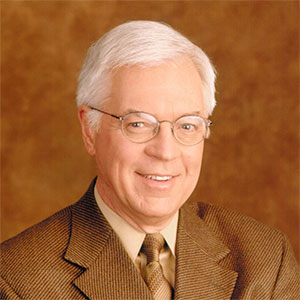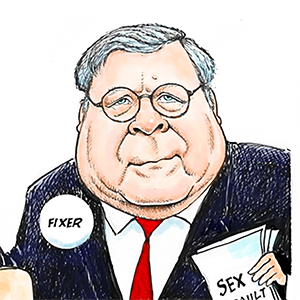COUNTERPOINT: Oversight and innovation are critical, not stock ownership
Published in Op Eds
Treasury Secretary Scott Bessent recently announced plans to expand the national stockpile of minerals such as lithium and rare earths needed in the production of renewable energy technologies and military weapons.
This is nothing new; the U.S. government has stockpiled minerals for decades. What is new is that the government is buying stakes in the companies that will supply the minerals.
Mining is a “boom and bust” business that operates on tight margins, but the U.S. taxpayer is now a shareholder in mining companies. Like many investments, these pose some risk of loss.
Congress should exercise oversight, disclose investment risks, and ensure taxpayers receive a fair return.
One potential risk is an oversupply from the taxpayer subsidies fueling the current boom. The term “rare earth” is a misnomer. According to the U.S. Geological Survey, they are relatively abundant.
“In about a year from now, we’ll have so much critical minerals and rare earths that you won’t know what to do with them. They’ll be worth about $2,” President Donald Trump said to the Australian prime minister on October 21, perhaps referring to the $13 billion in direct Defense Production Act grants and $350 billion in Department of Energy financing that Congress passed for mines and other projects in the One Big Beautiful Bill Act.
Trilogy Metals, LithiumAmericas and MP Materials, the three companies now partially owned by taxpayers, each received public financing through these programs. Historic and recent volatility in metals commodities markets — look at lithium’s recent crash — suggests the president could be right.
Usually, publicly traded mining companies must disclose certain risks to investors. They have to prove (among other things) that the project can turn a profit. Yet in March, the president signed an executive order directing public money to mine projects without these investor disclosures. This could lead to taxpayers becoming shareholders in risky mines that may never end up profitable.
Overlaying these risks is a lack of congressional oversight. Congress should follow the money and suss out conflicts of interest between the agency holding taxpayer shares and the agency permitting the mine.
The fundamental weakness in U.S. mineral supply chains is the antiquated and uniquely awful 1872 Mining Law, which still governs domestic mining. Every other country in the world exercises some discretion over mining activity, according to terms in a lease, license or concession conditioned upon royalty payments and revenue sharing. The United States is the only country where any person, foreign or domestic, can privatize public minerals and pay nothing to the owners of the land: American taxpayers.
Rather than nationalize the mining industry, Congress should pass the Mining Waste, Fraud and Abuse Prevention Act, sponsored by Sen. Ben Ray Luján, D-N.M. It would modernize our system by providing mineral security, land-use certainty and taxpayer fairness.
In addition to reforms to mining laws, solving the mineral supply chain challenges means reusing, recycling, and using available substitutes. For example, the Department of Energy’s Critical Materials Institute has designed an industrial motor magnet from bismuth and manganese that turns motors as well as or better than those made from rare earths.
Rather than picking winners and losers among mining companies, the government should help spur more innovation, research and development to bring these technologies to market.
Stockpiling minerals is not innovative. Nor are subsidies toward a risky boom-and-bust industry. Developing new magnets is innovative. Combined with congressional oversight and updates to antiquated mining statutes, these strategies will more responsibly secure mineral supply chains than owning stock in a private mining company.
_____
ABOUT THE WRITER
Aaron Mintzes is the deputy policy director at Earthworks, an organization that protects communities and the environment from the negative effects of mineral and energy development. He wrote this for InsideSources.com.
_____
©2025 Tribune Content Agency, LLC
























































Comments